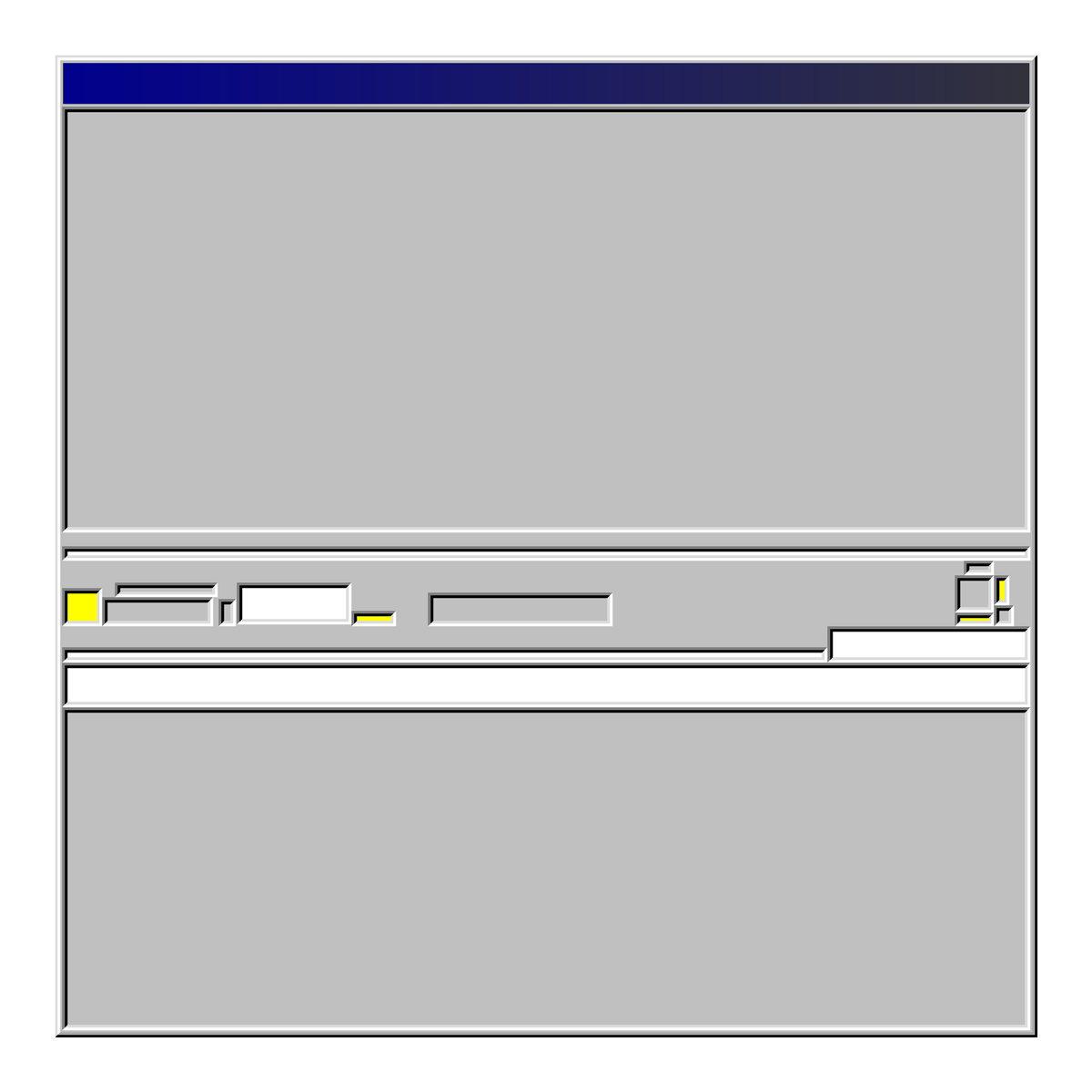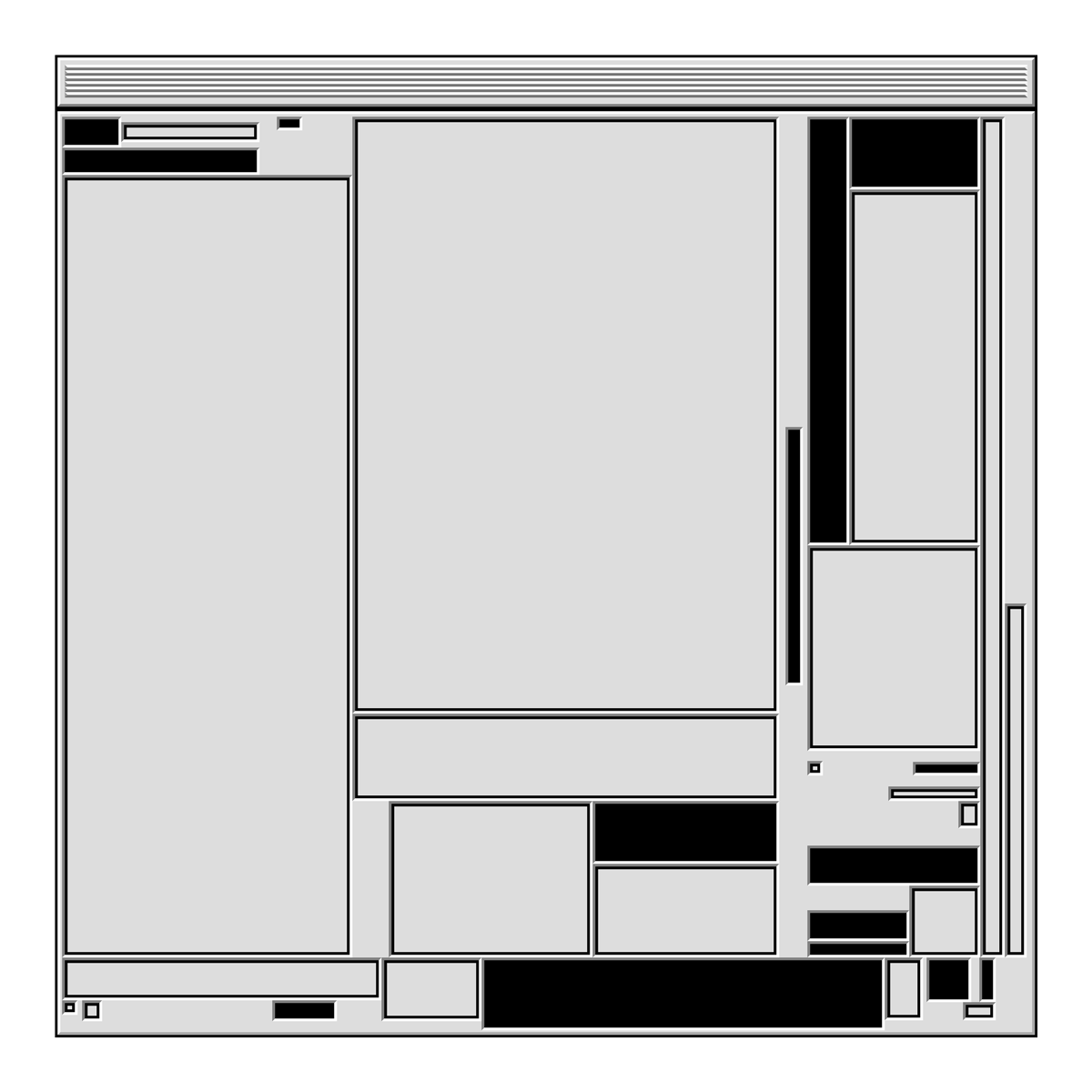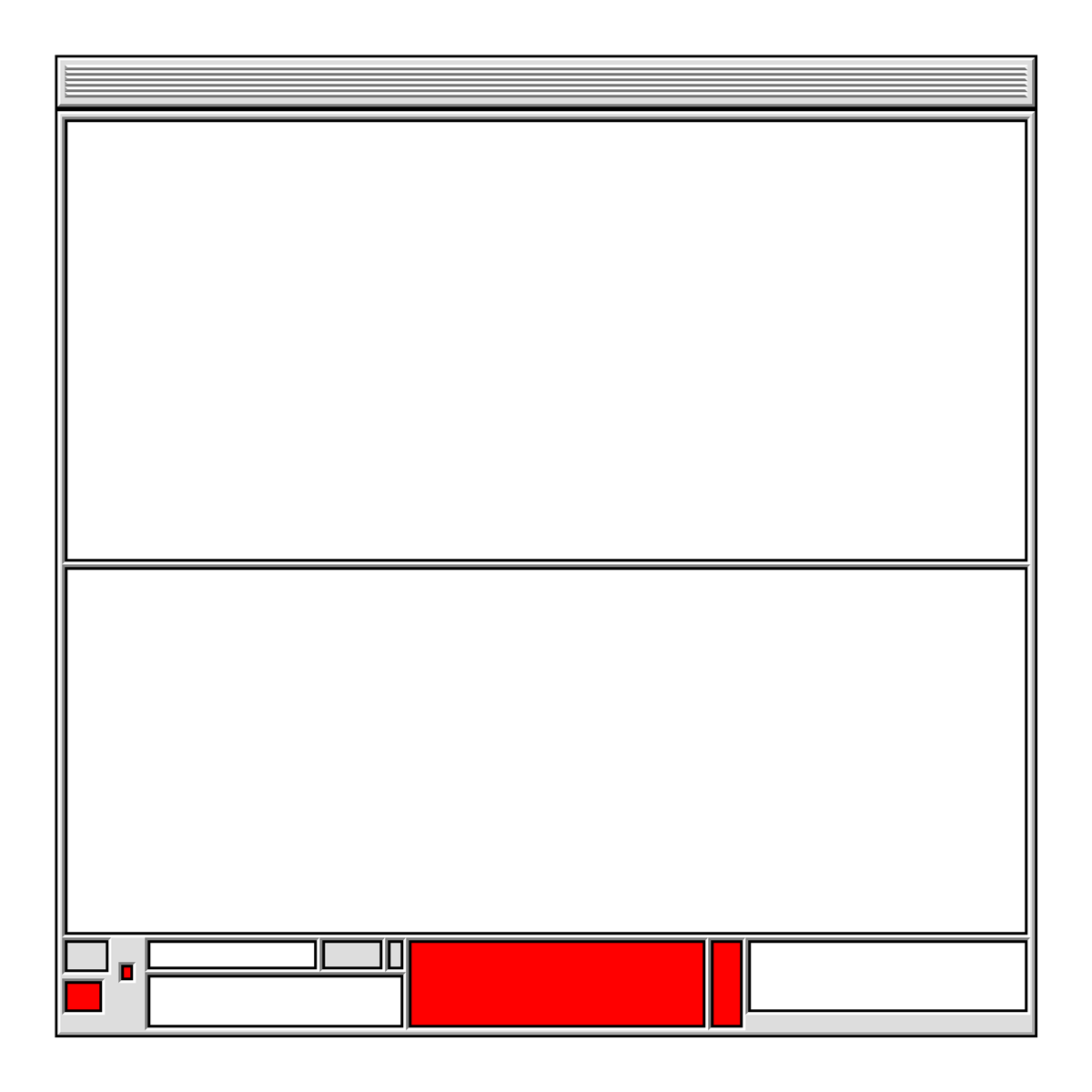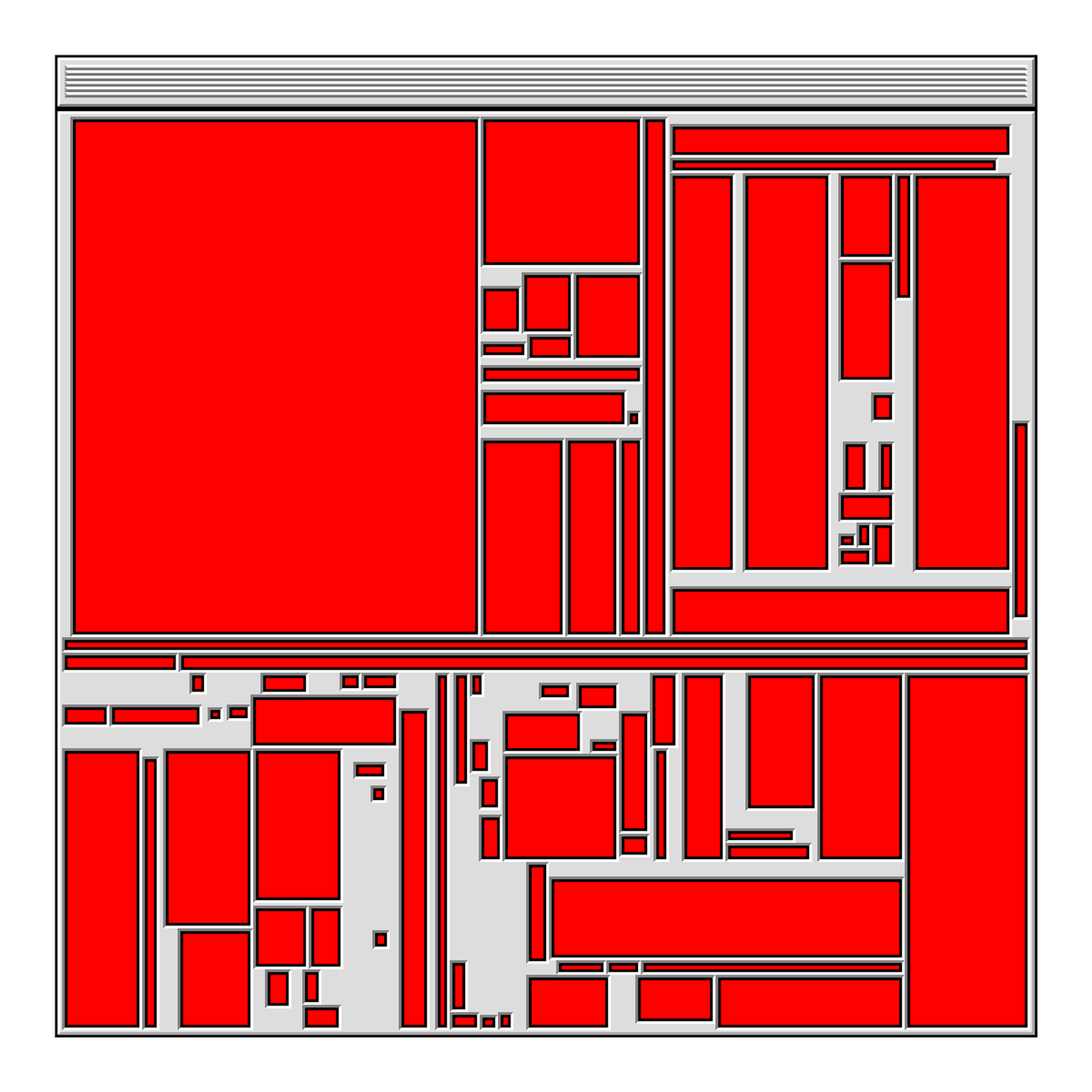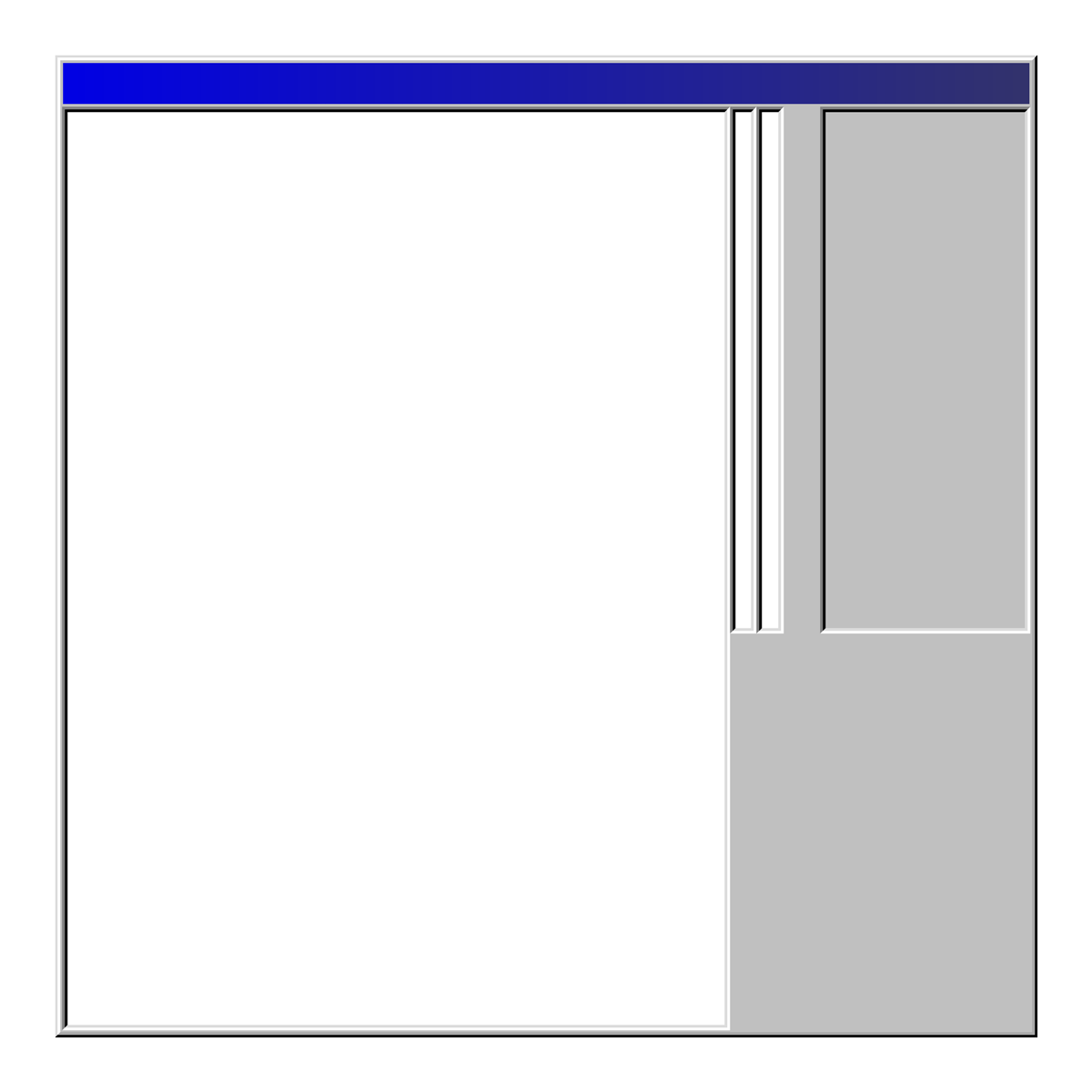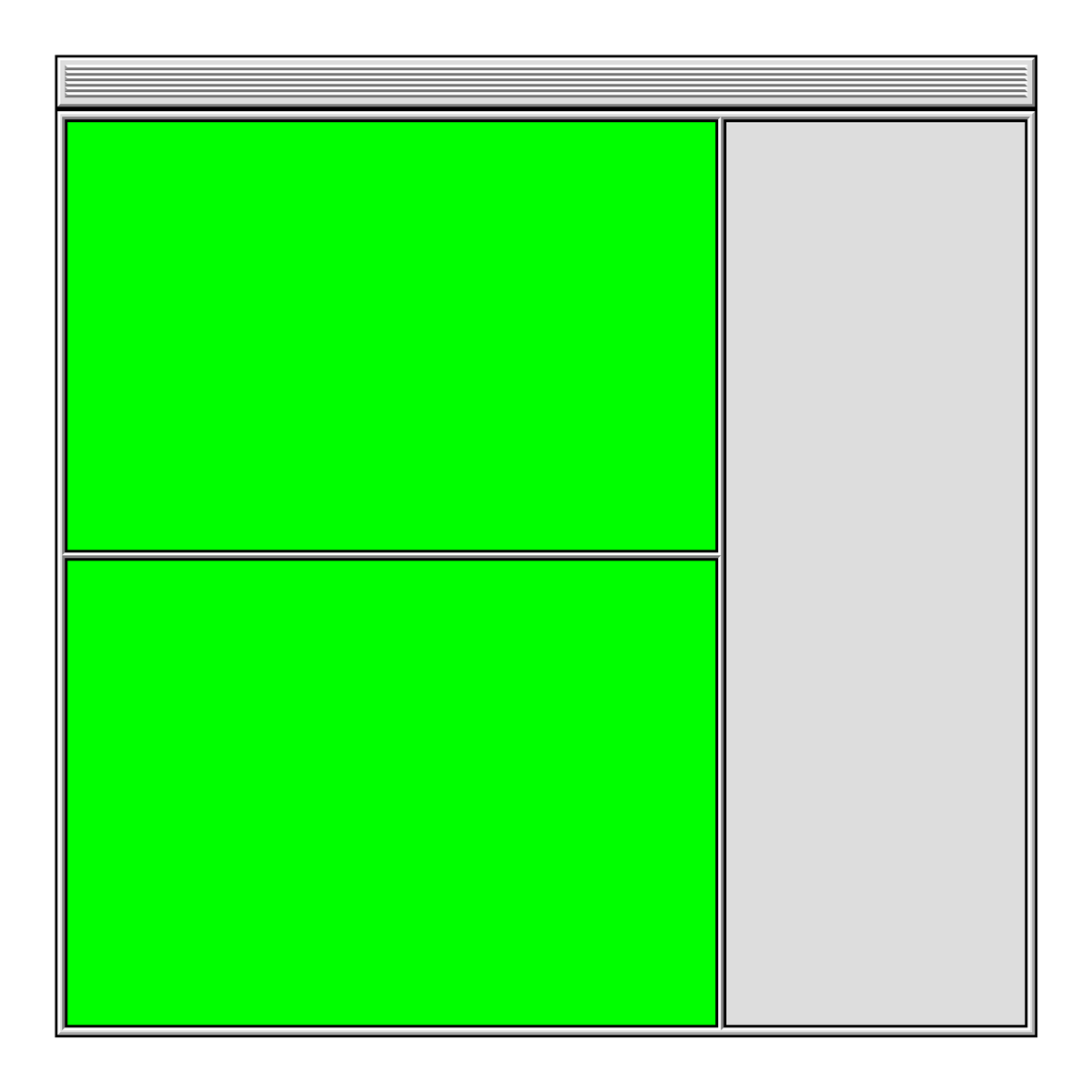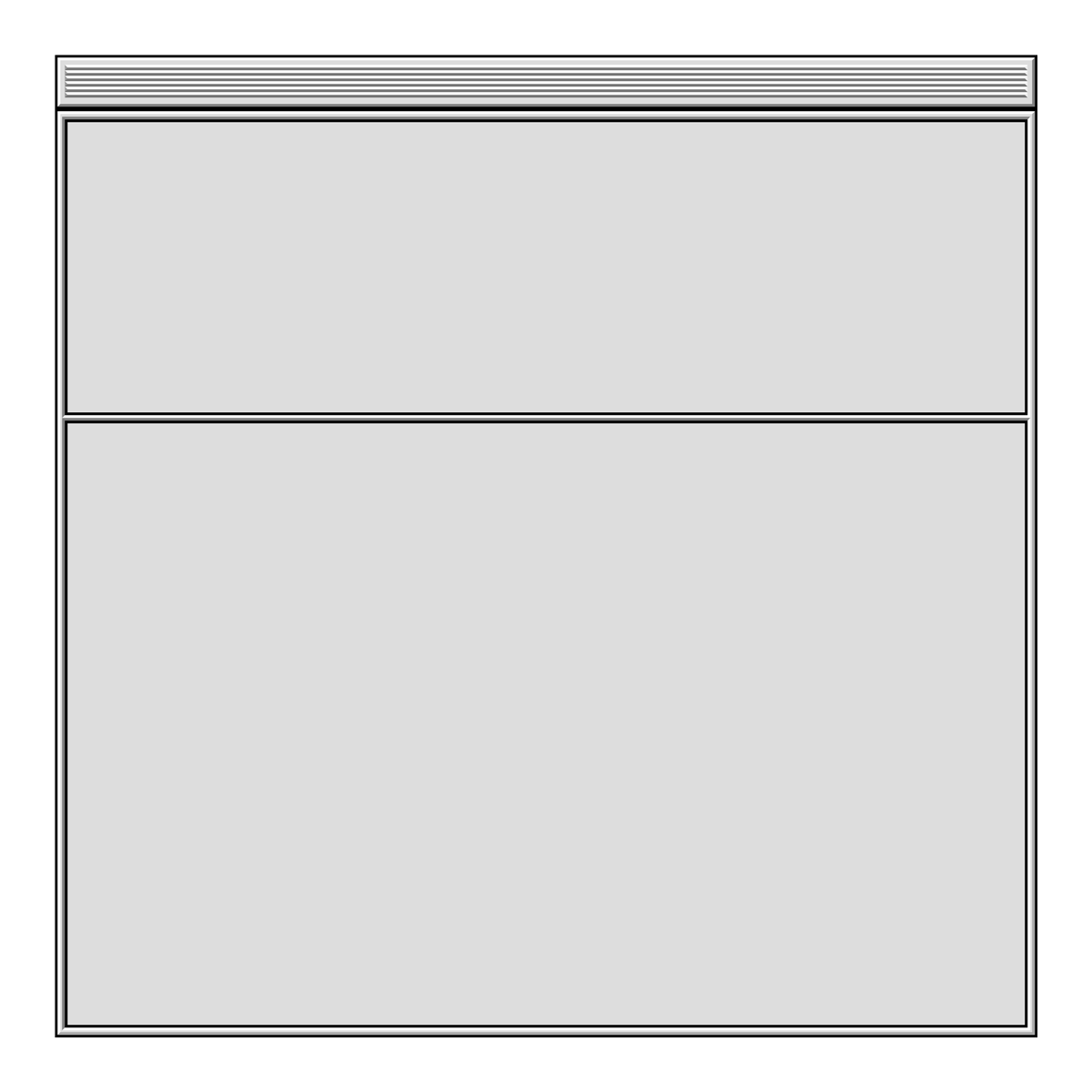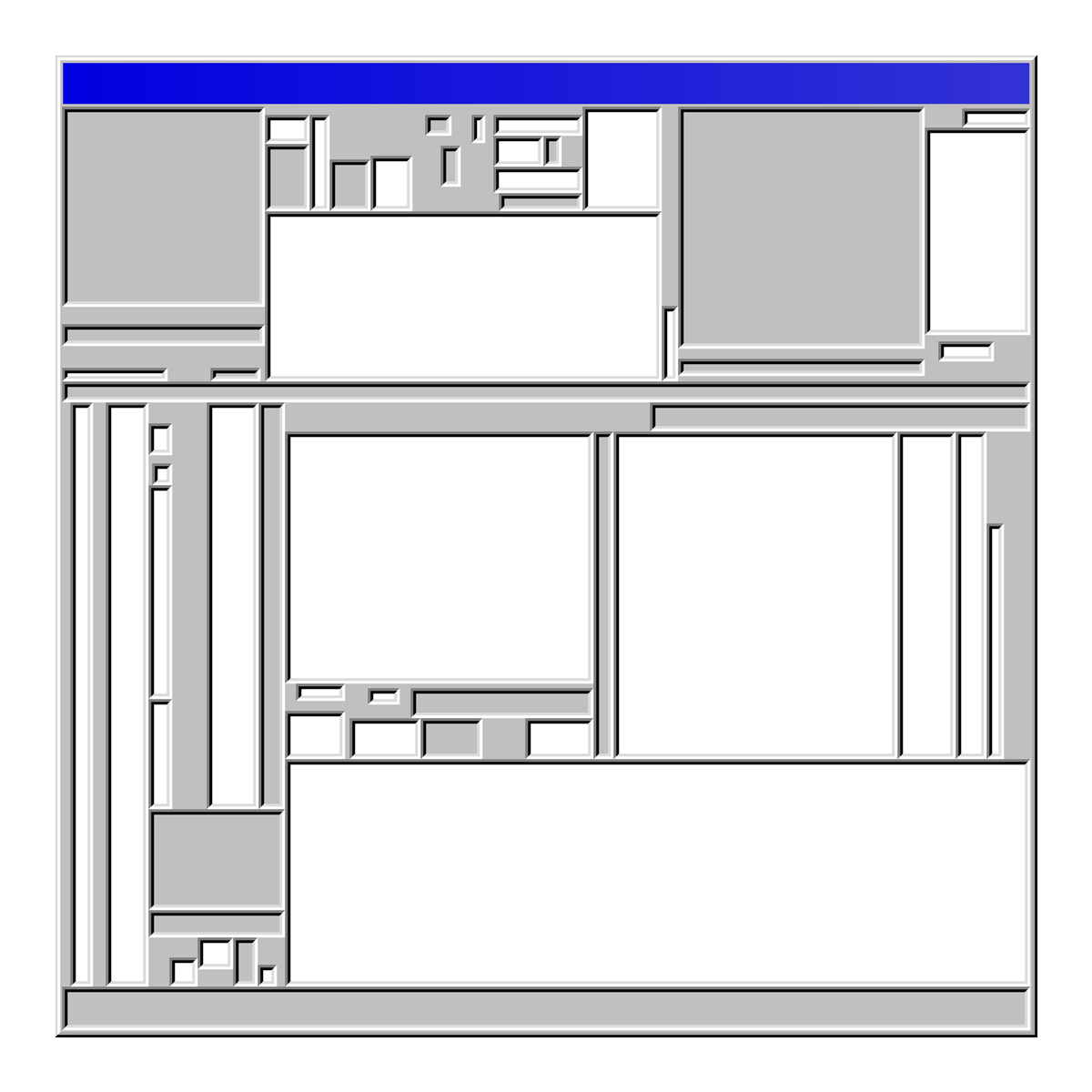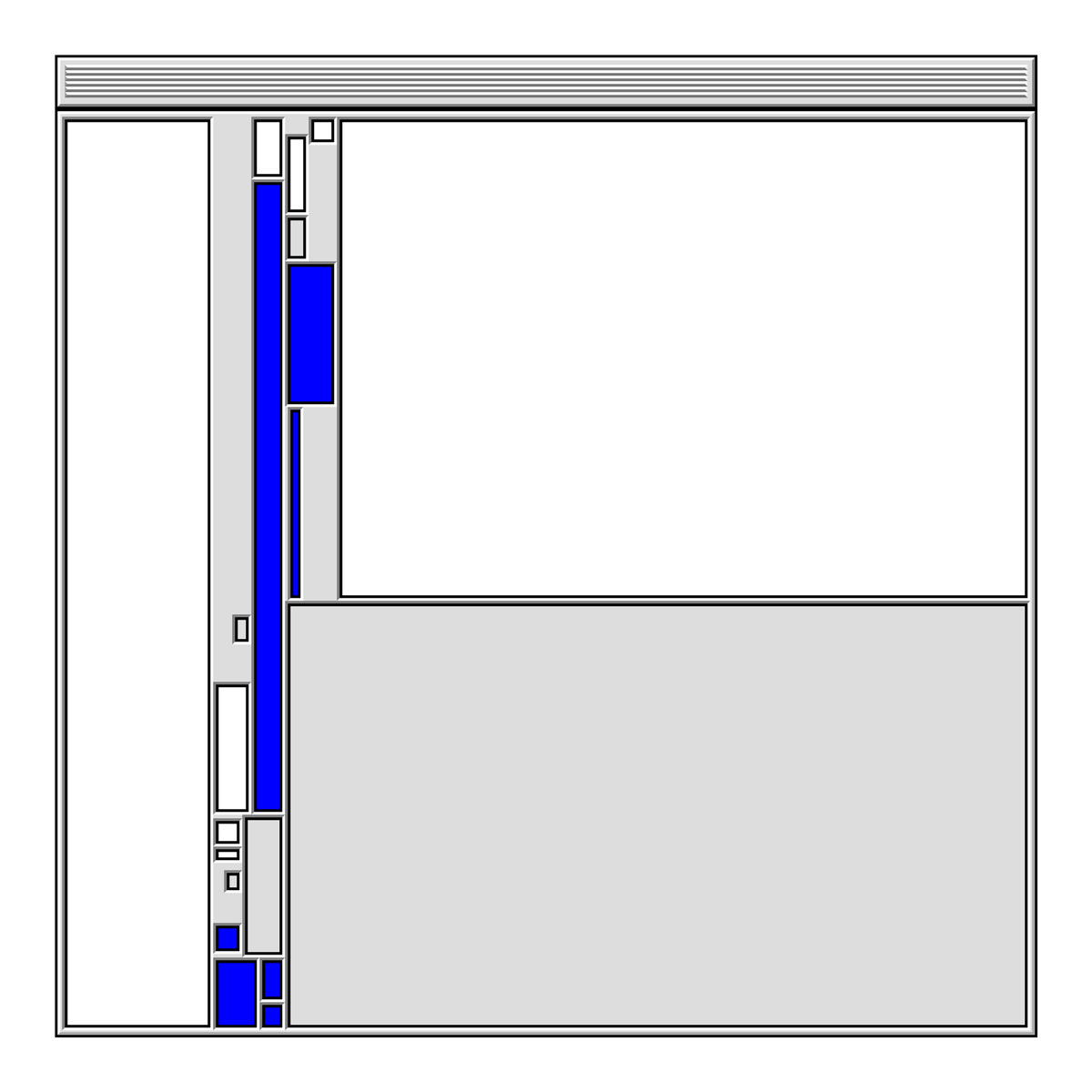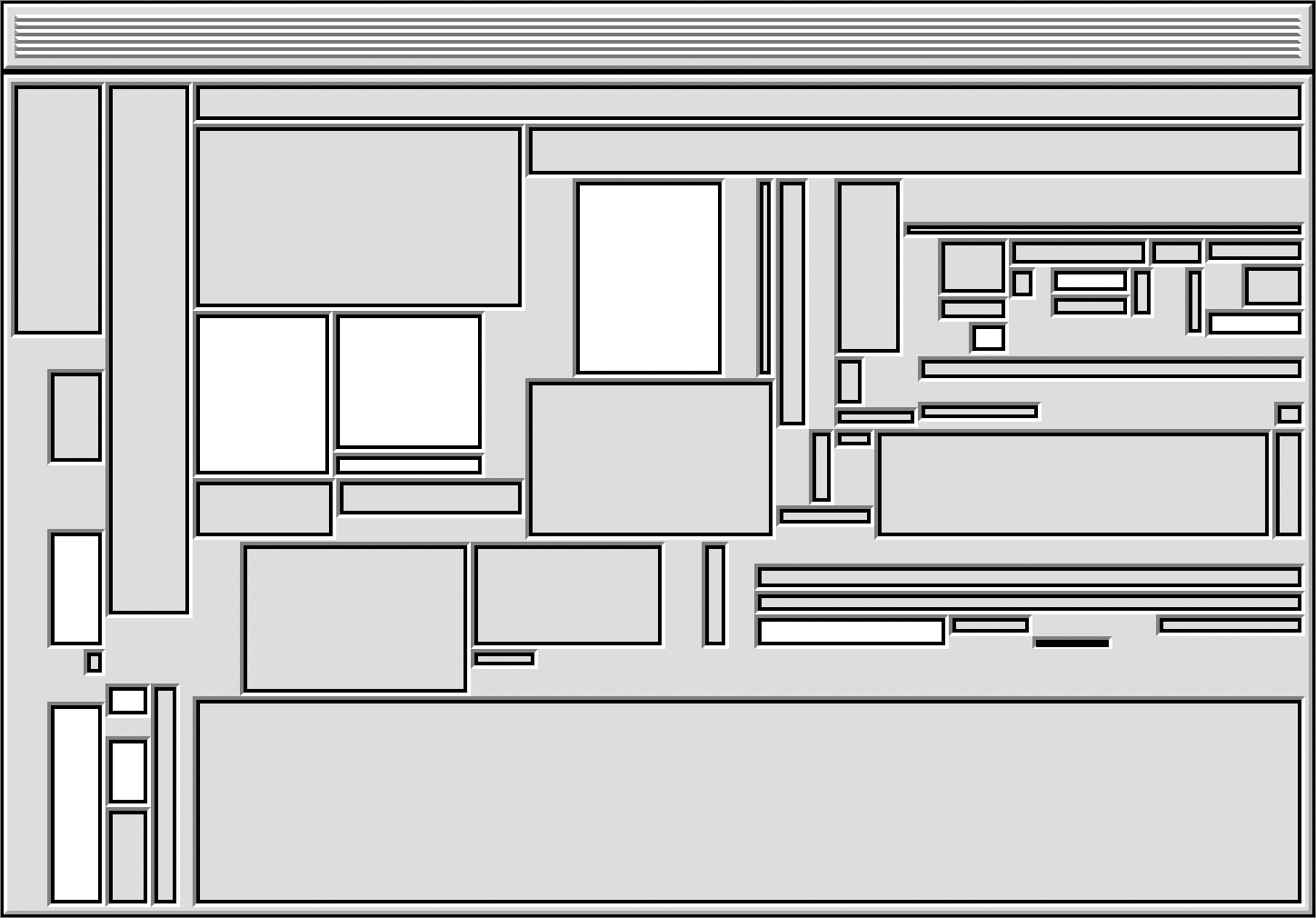 Window, 2022 (Mac Classic output)
Window, 2022 (Mac Classic output)
The mid grey chiseled computer interfaces of 1997 have always reminded me of sculptures created in bas-relief, a technique going back to the stone carved petroglyphs that is as ancient as humankind's first steps in making art. The combination of illusion and tactility found in these interfaces shows our longing to have the computer experience be part of the material world. Therefor it comes as no surprise that the programming language of Ethereum is named 'Solidity'. The blockchain is software, yet it behaves and feels like hardware.
It seems we are witnessing a progressing performance of permanence.
"The interface is a fiction, a form that pretends that data can be held steady, a quality that is crucial for humans to be able to interact with it" - Vito Campanelli
Jan Robert Leegte - www.leegte.org
🪨
When, where and how much?
Window has been released on Art Blocks for 0.097ETH in an edition of 404 Ethereum NFTs. (price referring to 1997, edition to the web and contentlessness)
Launch date: March 18 2022 - 9am PST / 12pm ET / 6pm CEST.
The project is sold out.
Window can be found on the secondary market at OpenSea here.
Responsive resizing instead of scaling
Window pays tribute to interface culture, and as such the work is responsive and not scaling. When the work is viewed smaller, details will disappear, yet the composition stays recognisable. It’s like stepping back to see a work from further away. The work can also increasingly reveal more details when made larger. As result Window will keep unfolding in the future as resolutions will grow.
 Window, 2022 (Windows Classic output in various sizes, click to enlarge)
Window, 2022 (Windows Classic output in various sizes, click to enlarge)
Styles
Window comes in seven latent colours and both in Windows Classic or Mac Classic style. The colours are latent, meaning they could appear in current details, but maybe only in future resolutions. Check the features to see what colour is seeded. Colours are: Vuk Ćosić Green, Robert Fludd Black, Theo van Doesburg Yellow, Hilma af Klint Red, Hyperlink Blue, Interface Silver and Document White.
About Latent colours
With the feature ‘Latent colour’ I look at the invisible steps within the procedure of a generative artwork. I love the idea that the script has chosen to feature a colour, but in a later step could fail to make it to the composition. By showing the colour as feature, I try to extend the visual work with deeper invisible layers of the generative process.
Interaction
The work follows basic window interactions. Double clicking or tapping the title bar will toggle between full browser and windowed view. On a laptop or desktop in windowed view, you can drag and resize your Window as you please. When made tiny, it makes for a nice profile pic. Clicking or tapping the background will cycle through different background colours.
Complexity
The compositions are steered towards generating more minimal expressions that are more reminiscent of a traditional software layout and more highly complex forms with deep nestings (From minimal to complex in an inverted bell curve). It is both this minimality and weirdness that I value a lot. But anything between a monochrome gray window and insanely nested mayhem is possible.
Technologies used
In honour of the blockchain and the web, the work is written in vanilla JavaScript, using no dependancies, and generates standard HTML DOM. This way the source is downloadable and accessible to extensions, aiming for a materiality that comes as close as possible to the user interface.
Art Blocks is hosting windows.
Web 1.0 and Web3
The work also wishes to commemorate and bring together two distinct waves of internet art. 90's net art and blockchain art. There are differences but also many similarities. There is a new technology in which there is an ideology and (maybe again naive) promise of a future change in powers. The field is very open and interdisciplinary, anyone can be part of this digital art wave. The field is unregulated and anti-institutional. The community is largely anonymous, yet there is a revival in courtesy much like 90's netiquette. The technology is low bandwidth, resulting is code crunching and lean works much like during the demo scene in the 80's and 90's net art.
About me
Since 1997 I have been making art on the Internet in the form of websites and digital-related work ever since, resulting in websites, apps, installations, videos, prints, sculptures, audio works and drawings. The networked computer is the central muse in my work, exploring all its wonders and peculiarities. I don't use software to make art, I make art about software.
My work has been exhibited at The Whitechapel Gallery, Centre Pompidou, Stedelijk Museum Amsterdam, van Gogh Museum and the Ludwig Museum and acquired by various private and institutional collections. This is my second NFT collection after Ornament, released and sold out on 7 November 2021.
Check out my work at www.leegte.org.
My work is represented by Upstream Gallery Amsterdam.
Shout out
A thank you goes out for the team at Art Blocks for taking on this project. Thanks again Jake Allen, for your continuous blockchain insights. Lots of love to my wife and kids.
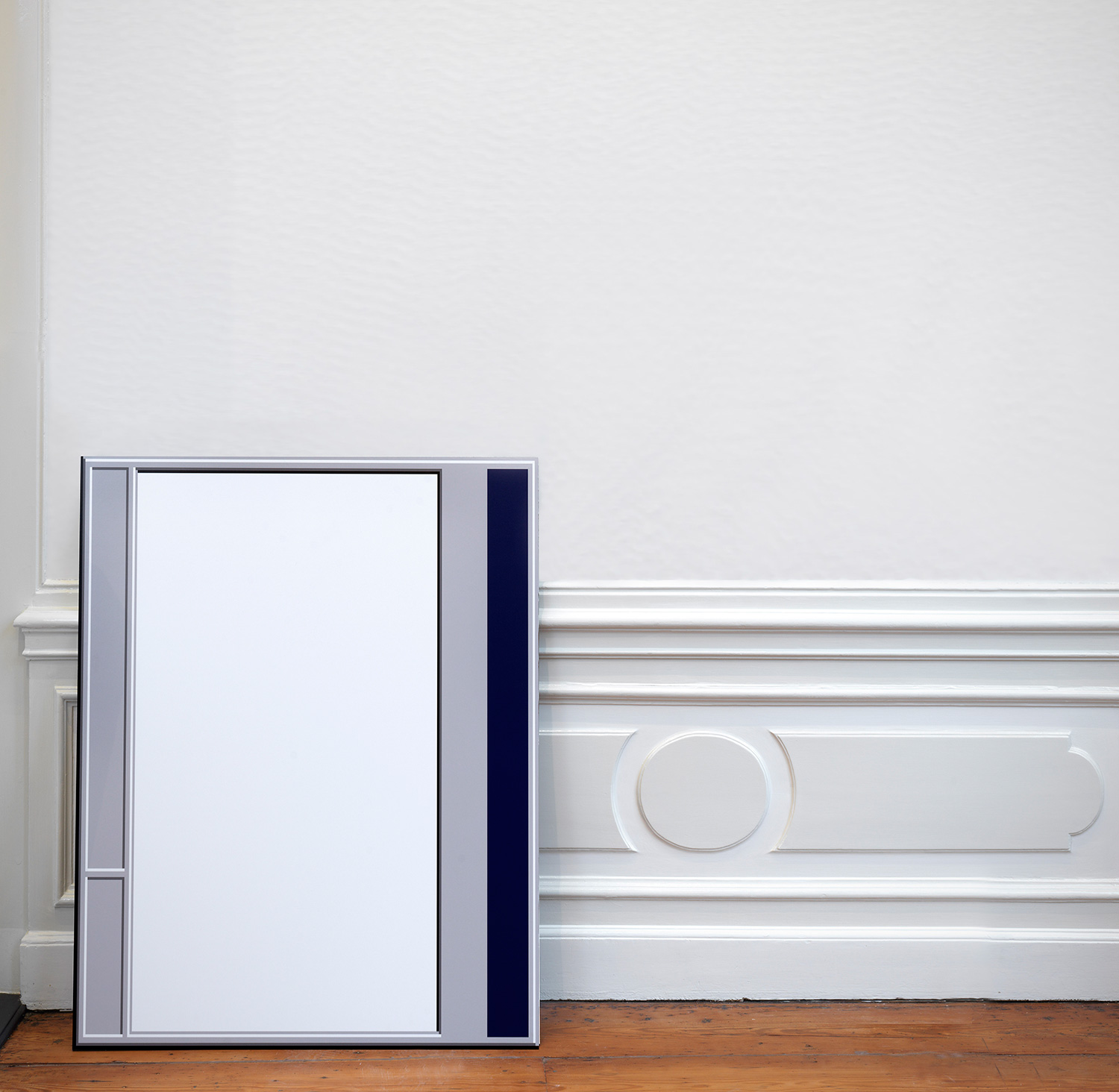 Window, 2017 - courtesy Upstream Gallery Amsterdam
Window, 2017 - courtesy Upstream Gallery Amsterdam
